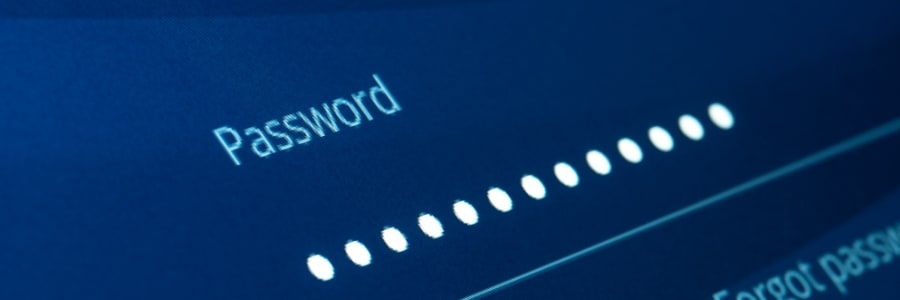If you're like most people, you probably have passwords that are easy to remember or use the same one for multiple accounts. But by doing either of these, you could be putting yourself at risk to cyberattacks. To ensure the security of your online accounts, follow the latest password guidelines from the National Institute of Standards and Technology (NIST), which we’ve outlined for you in this blog.
Update your passwords now
7 Ways to keep your email account safe
Top security tips for remote workers
The differences and benefits of two-factor and two-step authentication protocols

Both two-factor authentication and two-step authentication are processes that can help keep your business safe from data breaches. But while they serve the same purpose, these two methods are vastly different. In this blog post, we will discuss the differences between two-factor authentication and two-step authentication, as well as the benefits of each process.
Surefire ways to protect your email account

If you think your email is safe from hackers, think again. A lack of sufficient email security protocols can lead to data theft, unauthorized access to sensitive information, and successful malware attacks. Here are some tips to secure your email account from cyberthreats and the many troubles that come with them.
Think your password is secure? Think again
Security best practices for BYOD policies

Bring your own device (BYOD) policies give employees the flexibility to use devices they are comfortable with while allowing businesses to reduce hardware spending. However, BYOD also carries plenty of security risks.
Loss or theft of devices – Employees often bring their personal devices wherever they go.
Ways to safeguard your company’s data
Two excellent ways to verify user identity

A secure login process is an excellent way to protect your business from cybercriminals.
When it comes to verifying user identity, you can choose between two-step authentication and two-factor authentication. Learn the difference between the two so you can have a better appreciation of your cybersecurity options.
Helpful tips for keeping your email safe
- 1
- 2






